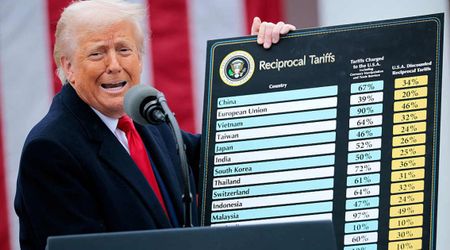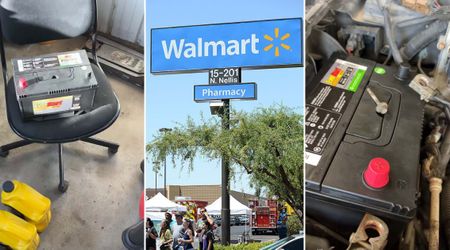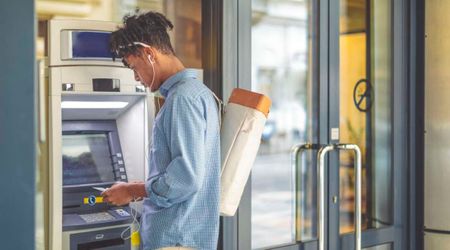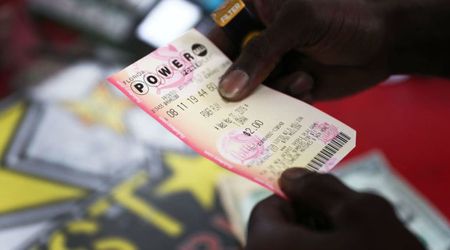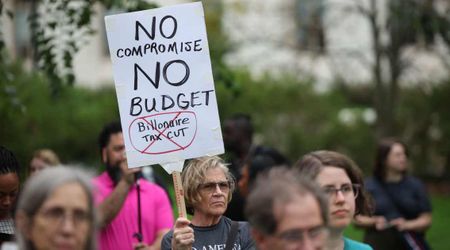5 Common Bank of America Email Scams: How to Keep Your Account Safe

In today's digital age, scammers continue to target unsuspecting Bank of America customers with sophisticated email scams aimed at stealing sensitive information and defrauding them. It is essential for account holders to stay vigilant and be aware of these scams to protect their financial security, reports GoBankingRates.

False fraud alerts
One of the most prevalent email scams involves receiving a message claiming "unusual or suspicious activity" on your Bank of America account. These emails often provide a phone number or a link to a fake website, where scammers attempt to collect sensitive information from unsuspecting recipients.
How to Protect Yourself: To confirm any account-related concerns, avoid clicking on links or calling phone numbers provided in such emails. Instead, use the official Bank of America customer support phone number printed on your debit or credit card or dial (877) 366-1121.
Account verification scam
In this scam, fraudsters send emails or text messages that urgently request you to verify your Bank of America account details. These messages may direct you to a phony website designed to capture your personal information, including your social security number.
How to Protect Yourself: Never click on links from unknown sources. Legitimate Bank of America emails will always come from the domain bankofamerica.com. Watch out for email addresses with extra spaces or unusual extensions like .us or .net, as they are likely fake.
Please be sure to look for the blue verified checkmark before communicating with a Bank of America @ (BOA) Twitter profile. jennifer
— Bank of America Help (@BofA_Help) December 30, 2021
Account suspension email
Scammers use fake Bank of America letterheads to send messages claiming that your account has been suspended. These emails often ask you to download a form and provide sensitive banking information, such as credit card numbers and CVV codes.

How to Protect Yourself: Remember, Bank of America will never ask for account details or credit card numbers through emails, texts, or chats. Refrain from sharing such information online and avoid downloading attachments unless you are certain about the sender's authenticity.
Zelle payment confirmation email
In this increasingly common phishing scam, scammers leverage Zelle, a person-to-person payment platform connected to Bank of America accounts. You might receive a text or email inquiring if you sent money to someone via Zelle. If you reply "No," you may receive a call from a fake representative claiming to be from the bank's fraud department, attempting to trick you into transferring money to a supposed "Secure account."
How to Protect Yourself: Be cautious while using Zelle, and only send money to individuals you know and trust. Bank of America's fraud protection department would never ask you to transfer money to prevent fraud. If in doubt, verify any unusual transaction directly with the bank using their official customer support channels.
Emails directing you to a fake Bank of America website
Scammers create deceptive emails resembling Bank of America websites to lure victims into clicking malicious links. These links could infect your device with malware, enabling scammers to steal sensitive information.
How to Protect Yourself: Always hover your mouse over links in emails to verify the actual site name before clicking. If the URL does not match the official Bank of America website address, do not proceed.
Staying informed and vigilant is crucial in safeguarding against Bank of America email scams. By recognizing these common tactics employed by scammers, you can protect your personal and financial information from falling into the wrong hands. Remember to refrain from clicking on suspicious links, avoid sharing sensitive information online, and always verify any unusual account activity through official channels provided by the bank. By staying cautious and informed, you can help keep your financial assets secure and avoid becoming a victim of email scams.


